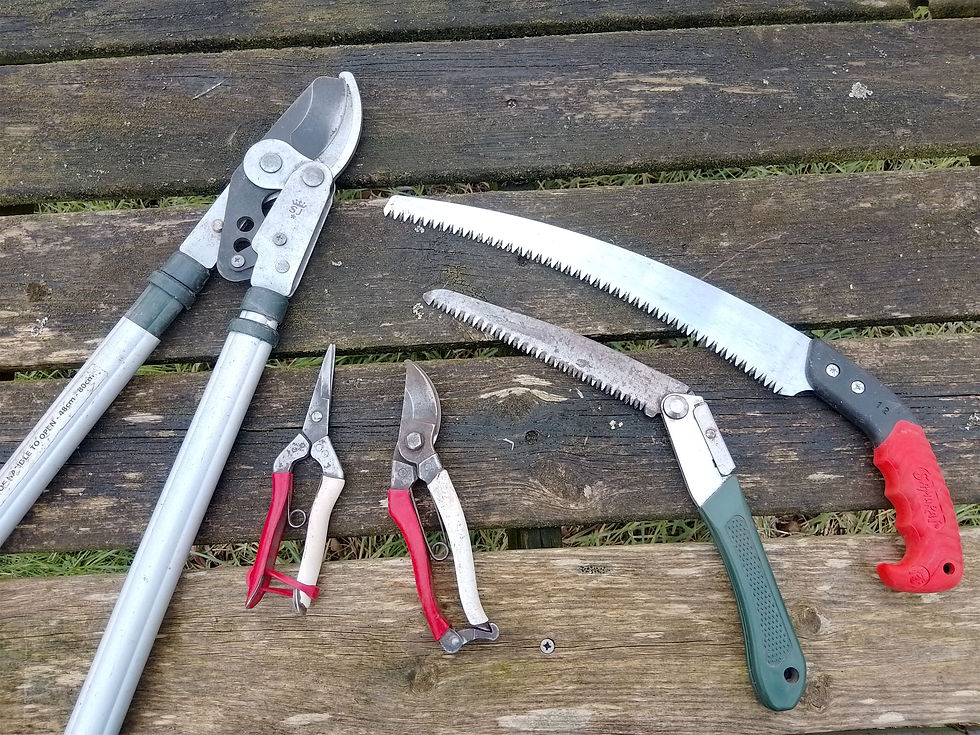Nature Connection
- Nancy Lowe

- Jun 11, 2021
- 3 min read
Updated: Sep 22, 2021
There is one often forgotten, yet very important addition to any wildlife garden and this applies whether the garden is a large and rambling rural idyll, or simply a window box, filled with butterfly plants. This all important addition is a sit spot. Never forget that wildlife gardens aren't just for wildlife. They're for us too. And when we create reasons to spend time amongst the natural networks we’re tending, we find ourselves becoming increasingly embedded into their world and they into ours.

Gardens are a special kind of place. They are a place we have built ourselves, yet unlike houses, town squares, streets or other structures, gardens are alive.
Wildlife gardens can be filled with all kinds of living beings, yet they are never to be confused with a nature reserve. Gardens are a unique type of place. They are an interface, if you like, between the human-made world and wild nature. They are somewhere we can come face to face with the other than human world. Unlike nature reserves, in gardens, we have the opportunity to build lasting relationships with the wildlife that we find there.
But first, we need to discover who we're sharing our garden with. This is where sit spots come in. Sit spots are simply somewhere to sit out quietly and notice the lives being led alongside us in our patch. This could be on a bench looking out over flowerbeds, where a morning coffee can be shared with clouds of butterflies and other pollinating insects. It could be a seat in a shady spot under a tree, where catching up with a friend on the phone can involve updating them on the latest comings and goings from the nest in the bushes or from the nest box on the tree. There are endless ways to integrate wildlife features with places we want to be - places to dine, to play with the kids, to sunbathe, build dens, meet friends or wash up the dishes while gazing out of the window. All of these activities involve spending time, looking out over a particular patch of garden. This is a sit spot.
Here are some ideas for different types of sit spot you can create and the wildlife you might expect to find there or might want to attract to that spot.
1. Living room lookout.
Site a single seat next to a window that looks out over part of the garden and keep a notebook, pencil and wildlife guide nearby. Planting bee friendly plants outside the window will make this a great place to learn to ID your bees over a quiet coffee break. The perfect way to unwind for a moment during a busy day in the home office.
2. Dining in the Dell
How wonderful to set up a dining table, surrounded by garden trees in which birds will perch to sing their songs, to natter to each other, nest, find food and generally get busy with their day to day life. Spend meal times with the birds anywhere there are garden trees or in view of trees a short way beyond your garden boundary. For those with a lack of garden, maybe it's possible to site a table in view of suitable trees through a well placed window. Notice which birds are there for breakfast and which for your evening meal. Which are boistrous and which shy? What makes them feel at ease and what makes them all run for cover? Watching your birds can open your eyes to all kinds of interesting wildlife goings on.
3. Wild Ideas
I find my head clears the best for coming up with good ideas or creative inspiration if I sit out on my little bench in the wildest part of my garden or simply take a seat looking out of the garden towards a view of the hills or of open blue sky. Maybe there's something about the random encounters I find there or the wild free-ness of these types of places that helps generate that freshness of mind I sometimes need when I'm planning, writing or thinking things through. An early morning seat near scruffy long grass may reveal those ever elusive small garden mammals, while open skies may give views of summer swallows, buzzards, rooks or all manner of other high-flying birds.

These gardens, that are built for both us and for wildlife, in a way that nurtures interconnection and mutual support, are what I call 'Nature Gardens'. This year, I'm launching a new project, supporting people like you in creating your own Nature Garden. If you love the sound of this type of garden as much as I do, find out more about the project here.







Comments